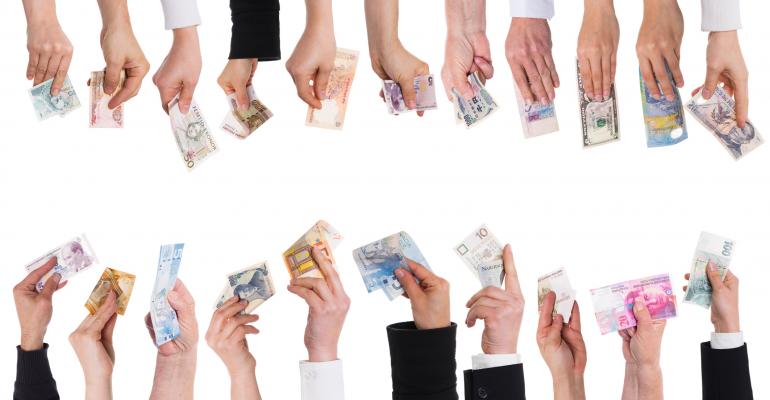
Equity crowdfunding is expected to grow in 2016, but by how much? A new report from Juniper Research expects investments in the technology sector via crowdfunding to increase sevenfold from an estimated $1.1 billion in 2015 to $8.2 billion in 2020. Juniper believes more countries will follow the example set by the U.S.’s JOBS Act, which allows less sophisticated investors to engage in equity crowdfunding, resulting in a crowdfunding boom in 2016 and beyond. Juniper also expects more platforms to reward investments with equity or debt rather than the “gift” model currently popular among platforms like Kickstarter and Indiegogo.

The New York Stock Exchange has taken steps to delist RCS Capital’s common stock, according to an SEC filing, following the company’s announcement last week that it intends to file for prearranged Chapter 11 bankruptcy by the end of the month. The bankruptcy will eliminate RCS Capital’s (RCAP) common and preferred equity, which was previously disclosed. RCAP has the right to appeal the NYSE’s decision, but the SEC filing says they don’t intend to. In November, the NYSE said the company had six months to raise its stock price to $1 a share. The firm’s stock closed on Dec. 31 at $0.30, and commenced trading on the OTC Pink market on Jan. 5.

Last year temperatures around the globe were the hottest on record, a trend that could have serious financial repercussions. Increased temperatures led, in part, to natural disasters that caused 16,200 deaths globally and more than $32 billion in losses during the first half of 2015. Despite more large-scale natural disasters, most people—particularly the middle-class—are not well insured, according to a report released by UBS on Monday. In fact, a third of weather-related losses remain uninsured in the U.S., which had the highest level of insurance penetration in UBS’s study. In comparison, 91 percent of weather-related losses in Asia are still uninsured. And those who are not protected rely heavily on the U.S. government to clean up the mess. UBS estimates this means that between 2011 and 2013, disaster relief totaled $136 billion, or about $400 annually per U.S. household.
Here's What Your Clients are Worried About
With the stock market starting 2016 on a down note, it's easy to see why investors are skittish about where their money is going and what's going to happen next. CNBC talked to a number of financial advisors, asking them what is keeping their clients up at night. "We've been in this perpetual state of anxiety probably the last 15 years," said Lydia Sheckels of Wescott Financial Advisory Group. "Our clients are just bracing for the next crisis, [and] the role of the advisor right now is to give them some ... perspective." Other concerns include global geopolitics, the U.S. presidential election and taxes. Of course, what goes up must come down, so all this might just be normal, says Barry Glassman of Glassman Wealth Services. "What happened this past summer [was] a great test for clients as far as what can they handle, both financially and emotionally, when it comes to volatility," he said.




